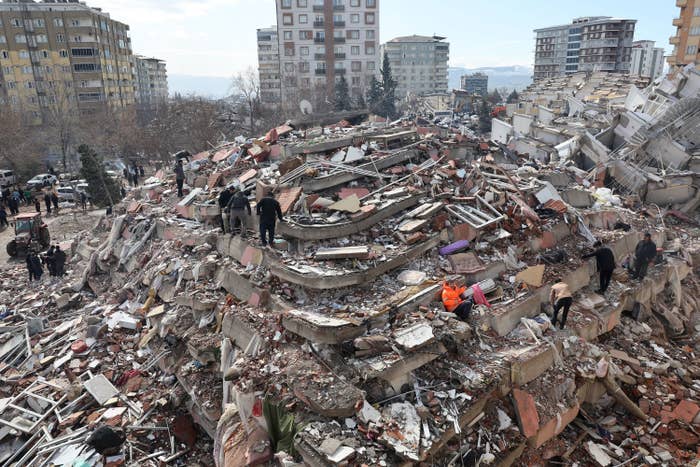
As men clamber over the ruins of the pancaked building, now shaped like a pyramid of rubble, one man sits still.
Wearing an orange coat to protect himself from the winter freeze, Mesut Hançer perches on concrete slabs and twisted rebar — all that remains of the apartment block in Kahramanmaras, a Turkish city close to the epicenter of Monday’s earthquake.
His face is still — his expression, blank. He is grief-stricken but resolute: He won’t let go of his daughter’s hand.
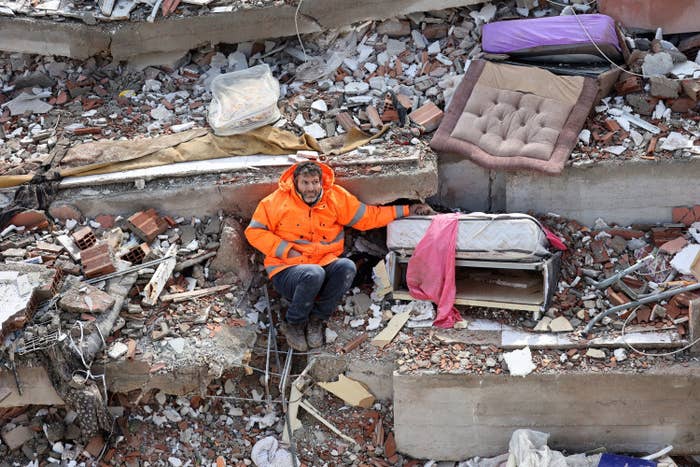
Irmak, 15, was killed when the building collapsed. The girl’s body is sandwiched between a mattress, dirt, and the colossal weight of the upper floors of the building. All that peeks out is a lifeless, pale hand that her father steadfastly grips.
“He never left the hand of his daughter who died in the earthquake,” wrote Adem Atlan, the photographer with Agence France-Presse who took the pictures of the grieving father on Tuesday, in an Instagram story uploaded Wednesday.
"Unbelievable pain," he later wrote.
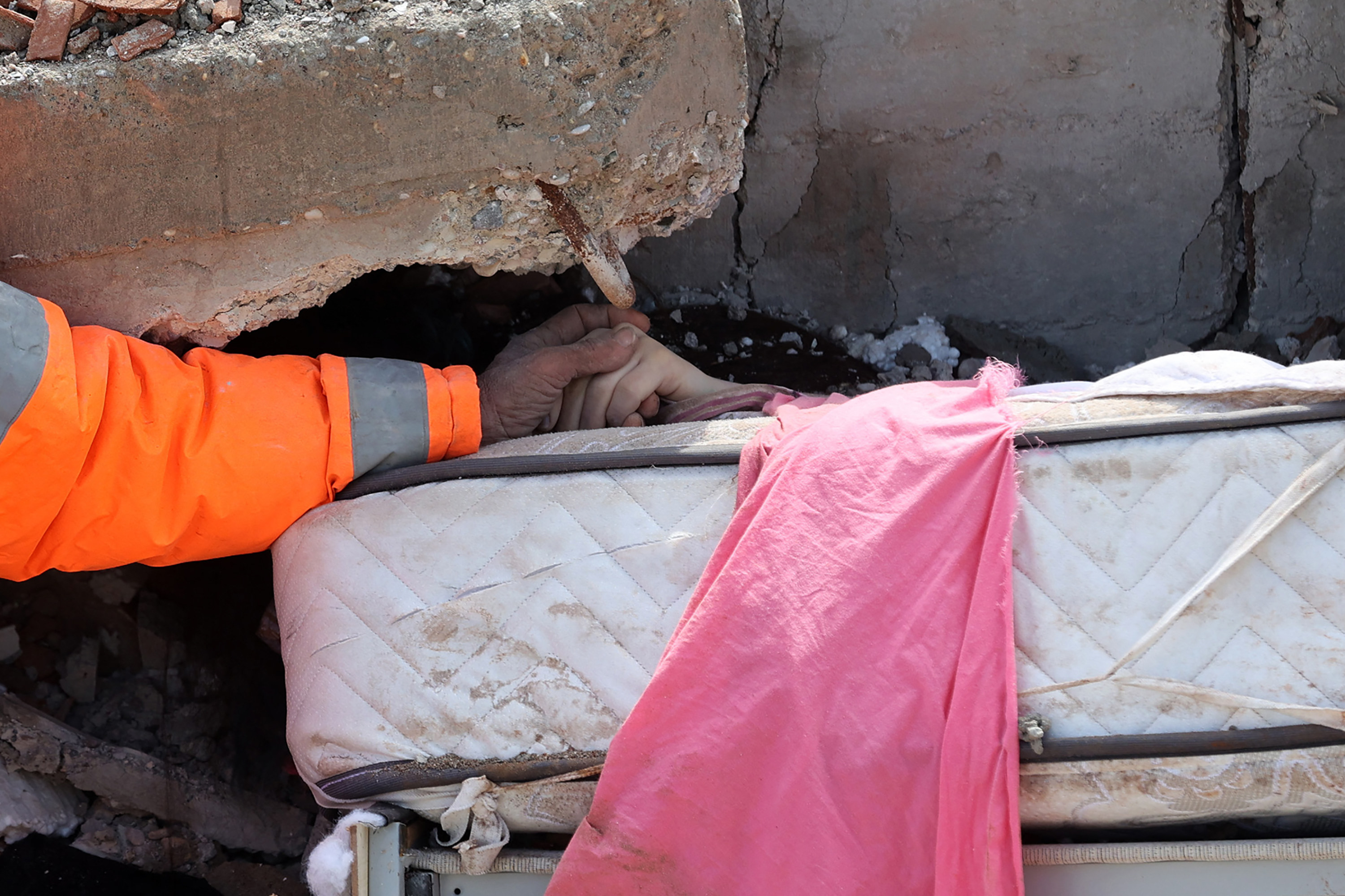
Altan’s photos went viral online and were printed on newspaper front pages around the world on Wednesday from Turkey to Spain to the UK to the US.
“With the courage of despair,” read the headline accompanying the photo in Belgium's De Standaard newspaper.
“A glimpse of pain and desperation among the ruins,” Brazil’s O Globo paper wrote in its headline for the picture.
A 2015 photo of Mesut and Irmak uploaded by the girl to Facebook shows the father and daughter smiling as they pose by a small water fountain. Almost eight years later, a different photo of the pair has been seen across the globe and become a defining image of tragedy.
🗞 Sánchez: “La ‘ley del sí es sí’ tuvo efectos indeseados... y me quedo corto”; No hay casa a la que volver para los supervivientes del terremoto, en la #Portada de EL PAÍS este miércoles 8 de febrero 🔗 https://t.co/HSZcbmeK7i
Just published: front page of the Financial Times, UK edition, Wednesday 8 February https://t.co/W6nHpRZNfP
Olá, bom dia. Esta é capa do #JornalOGlobo desta quarta-feira, 8 de fevereiro de 2022. Para ler as notícias, acompanhe nossas redes sociais, ou acesse: https://t.co/6QeHHAyTfp.
Take an early look at the front page of The Wall Street Journal https://t.co/UX88fXbRBy
Irmak is just one of a horrifyingly large number of people killed by Monday’s 7.8 magnitude earthquake, which has devastated large swaths of Turkey and neighboring Syria.
More than 20,000 people are known to have died, according to tallies from the Associated Press on Thursday, making the disaster one of the deadliest of the last decade.
There are few more traumatized corners of the globe that the quake could have struck than Syria’s northwest.
That country, plagued for more than a decade by a civil war that has wrought devastation and triggered a global refugee crisis, already had 15 million people in need of humanitarian aid even before the tremor began, according to David Miliband, president and CEO of the International Rescue Committee.
“One of the deadliest earthquakes this century, followed by hundreds of aftershocks, now adds to a litany of devastation,” Miliband said in a statement shared with BuzzFeed News, calling for aid to begin “skyrocketing” in order to meet the desperate need.
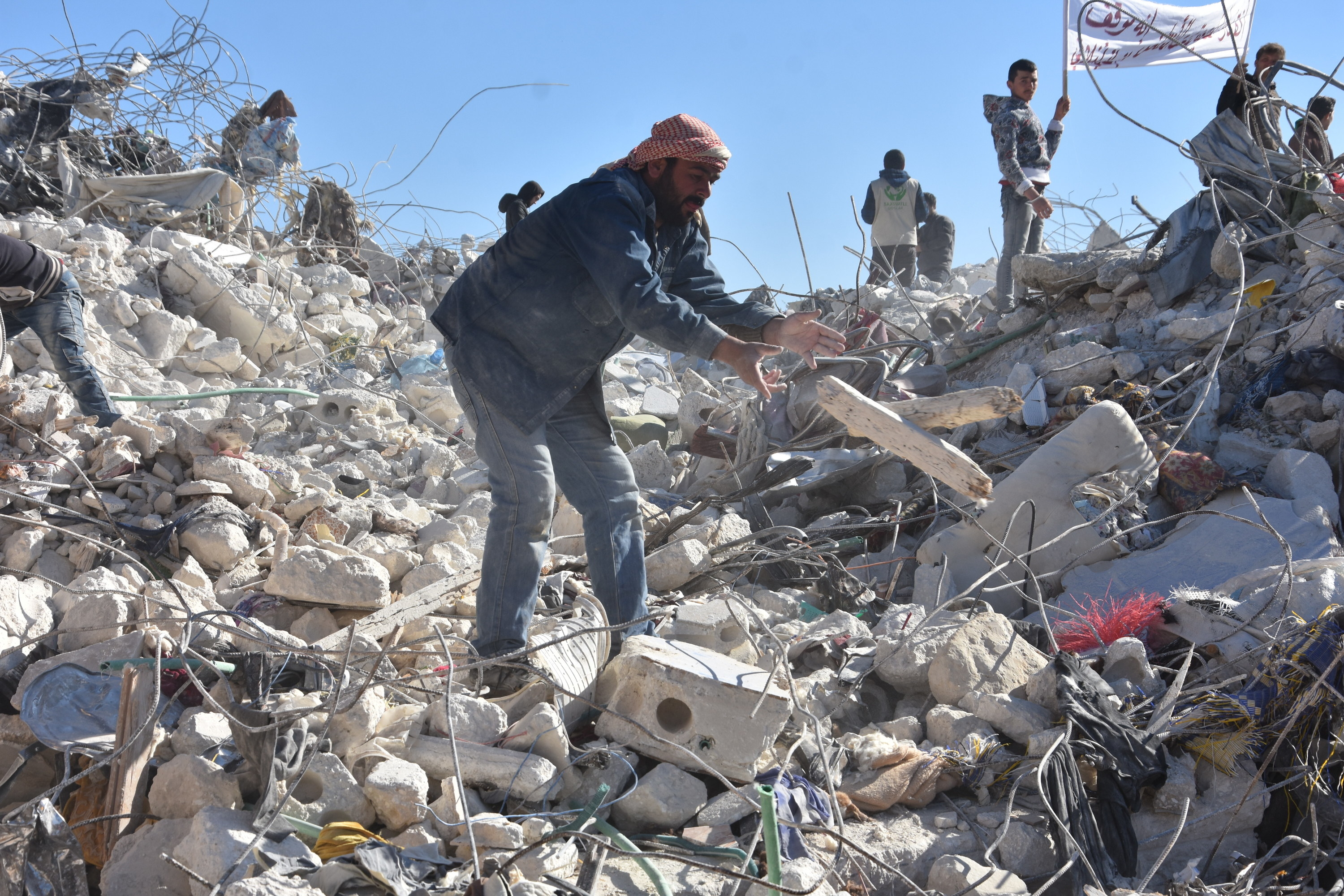
On Thursday, three days after the quake, the first convoy of aid trucks finally reached the opposition-held Idlib area in Syria’s northwest. The trucks arrived via the only crossing with the Turkish border that the United Nations has authorized for use but that had been blocked for days by damage.
However, the White Helmets, a humanitarian group that assists in the region, said the aid was merely the same supplies that had preceded the disaster. “It is not special aid and equipment for the search and rescue teams, and the recovery of those trapped under the rubble,” the group said on Twitter. “We are disappointed at a time when we are desperate for equipment that will help us save lives from under the rubble.”
Almost 2,000 people have died in the region, according to the White Helmets. Many of the dead had fled destruction and violence elsewhere in Syria only to lose their lives when buildings collapsed there.
Another rescue … of a different child named Sham. Our teams rescued Sham and her siblings, Zaid and Rama, from under the rubble of their house in the village of Meles, west of #Idlib. We had hoped that their mother would be with them, but death preceded us. #Syria #earthquake
As time passes, hopes dim that more people will be found alive — but there are still miracles. On Thursday, the White Helmets shared a photo of a young girl named Sham being pulled from the rubble. The group said her two siblings were also saved, but their mother was killed.
Among the international figures who have arrived in the region to assist in relief and recovery efforts are a small contingent of 87 rescue workers from Ukraine, which itself has been plagued by war for the past year.
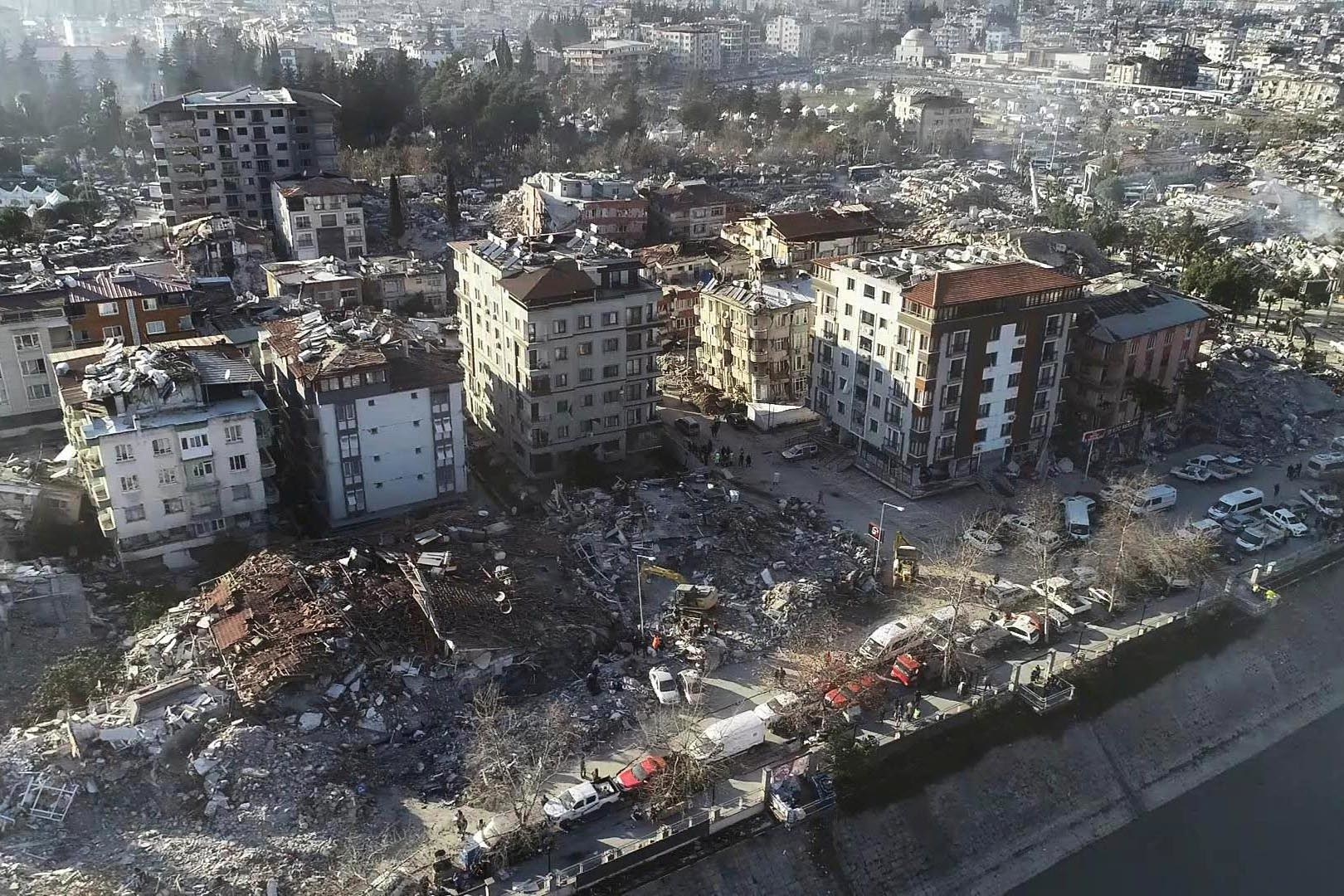
Ukraine’s State Emergency Service shared images on Facebook of the workers searching damaged buildings in Turkey for signs of life.
"Our first task is search and rescue operations — to find the living people!” spokesperson Oleksandr Khorunzhiy said. “We haven't found anyone yet but we are working on it. The work goes on around the clock.”
UPDATE
The death toll in this story has been updated.
